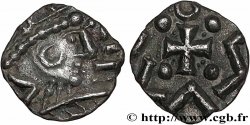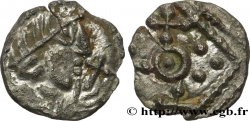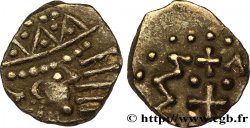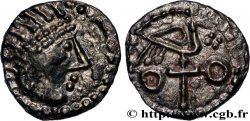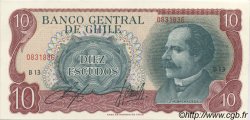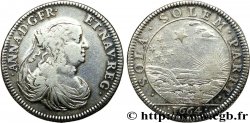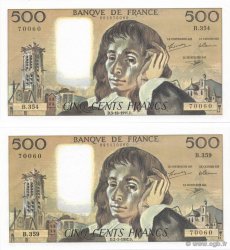Назад 1/1
bmv_227641 - ENGLAND - ANGLO-SAXONS Sceat continental à l’oiseau, Série E, variété K
недоступный.
Товар уже продан в нашем интернет-магазине (2010)
Цена: : 130.00 €
Товар уже продан в нашем интернет-магазине (2010)
Цена: : 130.00 €
Тип Sceat continental à l’oiseau, Série E, variété K
Дата: c. 695-740
Монетный двор / Город: Dorestad ou Quentovic
Металл: silver
Диаметр: 12 mm
Ориентация осей монеты: 12 h.
Вес: 0,91 g.
Редкость: R2
Комментарии о состоянии
Très belle petite monnaie, bien frappée et centrée, mais sur un flan un tout petit peu court et concrétionnée par endroit. Sinon très belle patine irisée de médaillier
Ссылки в каталоге: :
Лицевая сторона
Аверс: легенда: ANÉPIGRAPHE.
Аверс: описание: Un oiseau de profil à droite ; une petite croisette et un globule sous la tête.
Обратная сторона
Реверс: легенда: TRACES DE LÉGENDE.
Реверс: Описание: Carré perlé, avec un annelet pointé au centre ; dans les angles, quatre traits horizontaux.
Комментарий
Bien que traité “à la mérovingienne”, l’oiseau du droit prend sans doute son inspiration dans le bestiaire des monnaies gauloises (cf. les bronzes à l’aigle des Carnutes ou des Sénons). D. M. Metcalf illustre le bronze LT. 6108 comme prototype (cf. page 206 de son ouvrage).
Cet exemplaire n’a pas les deux groupes de trois globules qui accostent habituellement l’annelet central.
Although treated “in the Merovingian style”, the bird of the right probably takes its inspiration from the bestiary of Gallic coins (cf. the bronze eagles of the Carnutes or the Senones). DM Metcalf illustrates the bronze LT. 6108 as a prototype (cf. page 206 of his work). This example does not have the two groups of three globules which usually flank the central annulet
Cet exemplaire n’a pas les deux groupes de trois globules qui accostent habituellement l’annelet central.
Although treated “in the Merovingian style”, the bird of the right probably takes its inspiration from the bestiary of Gallic coins (cf. the bronze eagles of the Carnutes or the Senones). DM Metcalf illustrates the bronze LT. 6108 as a prototype (cf. page 206 of his work). This example does not have the two groups of three globules which usually flank the central annulet








 Cообщить об ошибке
Cообщить об ошибке Распечатать страницу
Распечатать страницу Отправить мой выбор
Отправить мой выбор Задать вопрос
Задать вопрос Consign / sell
Consign / sell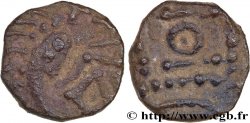
 Информация
Информация